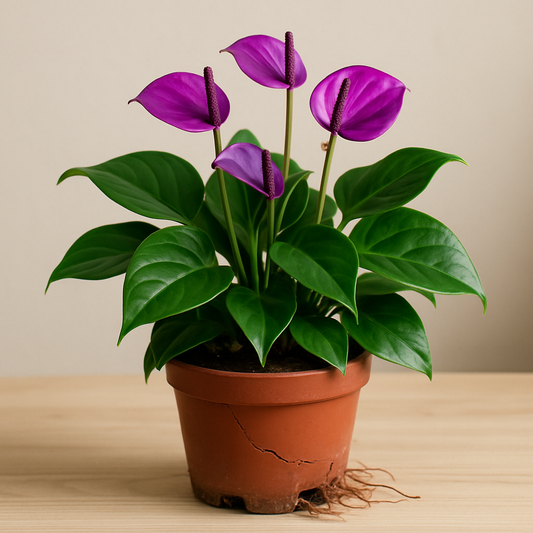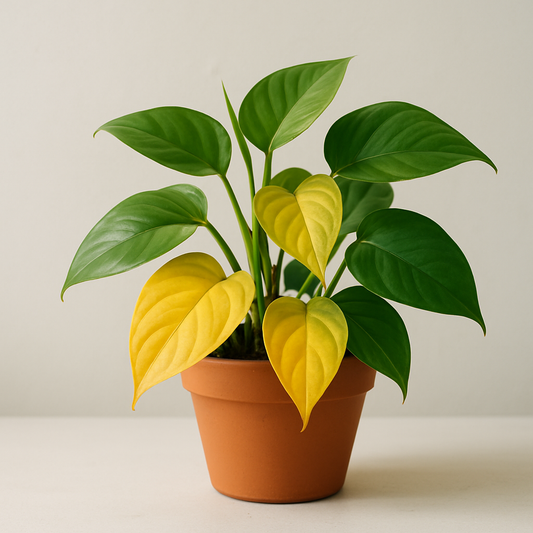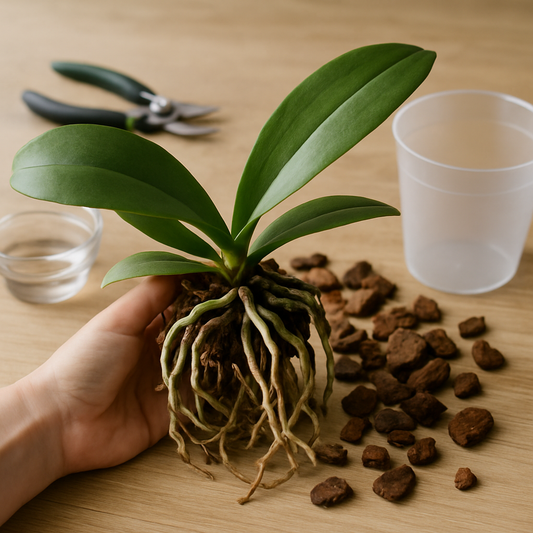Caring for the unique and mesmerizing Calathea Rufibarba 'Furry Feather' - Fuzzy Green Diva can seem daunting, especially given its exotic nature and stunning foliage. Known for its velvety leaves and intricate patterns, the Calathea Rufibarba isn’t just another houseplant; it’s an exquisite piece of living art. This guide is your trusted companion, offering detailed advice on ensuring your 'Furry Feather' thrives and adorns your space with its elegance. Let's navigate through the essentials, addressing every facet from watering to designing the perfect spot for your green diva.
Watering Your Calathea Rufibarba
The Calathea Rufibarba prefers consistently moist soil, but not soggy conditions. Water your plant thoroughly once a week, allowing the top inch of soil to dry out between waterings. Over-watering can lead to root rot, and underwatering can cause leaf curl and brown edges. Consider using rainwater or distilled water to avoid mineral buildup from tap water, which can discolor the leaves.
Best Soil for 'Furry Feather'
This plant thrives in a well-draining potting mix that can retain moisture without becoming waterlogged. A peat-based soil mix with added perlite or orchid bark is ideal, ensuring air circulation around the roots. The right soil composition supports healthy growth and reduces the risk of root-related issues.
Optimal Light Requirements
The Calathea Rufibarba flourishes in bright, indirect sunlight. Avoid direct exposure to harsh sunlight, which can scorch its delicate leaves. A north or east-facing window is perfect, or use sheer curtains to filter intense light. These conditions mimic its natural habitat on the forest floor, where it receives dappled sunlight.
Temperature and Humidity Needs
Native to tropical environments, this plant thrives in temperatures between 65-75°F (18-24°C). Protect it from drafts and sudden temperature changes. Calatheas also love humidity; maintain 50-60% humidity around your plant. A humidifier or a pebble tray with water can help achieve this, especially during dry winter months.
Feeding and Fertilizing Regimen
Feed your Calathea Rufibarba every month during the growing season (spring and summer) with a balanced, water-soluble fertilizer diluted to half strength. Avoid fertilizing in fall and winter when the plant's growth slows. Proper feeding ensures lush foliage and vibrant patterns.
Pruning and Maintenance Tips
Occasional pruning supports both the health and aesthetic of your Calathea. Trim off any discolored or damaged leaves at the base using clean scissors. Regularly wipe the leaves with a damp cloth to remove dust and enhance photosynthesis. Consistent maintenance fosters a clean and energetic appearance.
Common Issues and Solutions
If your plant's leaves curl, it might be a sign of underwatering, low humidity, or cold exposure. Brown leaf tips often indicate dry air or fluoride buildup from tap water. Ensure proper watering practices and consider moving the plant to a more humid environment. Periodically flush the soil with clean water to remove mineral deposits.
Dealing with Common Pests
Spider mites, mealybugs, and aphids may occasionally target your Calathea. Combat them with insecticidal soap or neem oil, applying the solution weekly until eradicated. Regular inspections and maintaining high humidity can prevent infestations.
Propagation Tips
Propagation is best achieved through division during repotting. Carefully separate a portion of the plant with roots intact and plant it in a fresh potting mix. This method ensures a higher success rate and a beautiful addition to your collection.
Overwintering Your Calathea Rufibarba
During winter, your Calathea will enter a dormant phase. Reduce watering frequency but maintain humidity levels. Avoid placing it near heating units or in drafty areas, which can dry the air and damage the foliage.
Transitioning Between Indoor and Outdoor Care
Your Calathea can enjoy time outdoors in the warmer months, but be sure to acclimate it gradually. Start by placing the plant in a shaded area, incrementally exposing it to more light, and keeping it sheltered from wind and direct sun.
Caring for Your Calathea Indoors
Indoors, ensure your plant enjoys consistent warmth and moisture. Position it away from air vents and dry drafts. Grouping with other humidity-loving plants can create a microenvironment ideal for your Calathea Rufibarba.
Outdoor Care Considerations
If kept outdoors, ensure a shaded, sheltered spot to protect from intense sun and wind. Monitor soil moisture closely, as outdoor conditions can lead to rapid drying.
How to Grow Your Calathea From Seed
Growing Calathea from seed is challenging and not commonly recommended due to low germination rates. Focus instead on propagation by division for successful plant expansion and quicker results.
Special Care Tips for Thriving Calatheas
Enhance your Calathea's environment with additional care, such as using purified water, maintaining consistent humidity with a terrarium, and integrating plant interactions into a peaceful routine for nurturing growth and vitality.
Design Ideas: Styling with Calatheas
Design your space by pairing the 'Furry Feather' with other vibrant foliage plants like monstera and philodendron to create a tropical oasis. Place it in a decorative pot that complements your interior décor, and position clusters of plants at varying heights for a dynamic visual composition. Experiment with different arrangements to accentuate your unique style and the striking appeal of your Calathea.
Ready to enhance your collection with this spectacular plant? Learn more about the Calathea Rufibarba 'Furry Feather' and bring its charm to your space today!




